Description
Fiction. Translated from the Swedish by Laura A. Wideburg. Justine lives alone in a house by a lake, where she has lived all her life. It is the house in which her mother died when she was small, the house to which her father brought the narcissistic and cruel Flora to be her stepmother. In this gripping psychological novel, stories of those who had victimized her converge until at last Justine starts to realize her power, and take revenge. Inger Frimansson was born in 1944 in Stockholm and grew up in various places in the middle of Sweden. Today she lives in Sodertalje, a town not far from Stockholm, with her husband Jan. She is considered by many to be Sweden’s premier author of psychological thrillers. Critics place her novels in the same class as the best English and American novels in the genre.
Inger Frimansson (born November 14, 1944 in Stockholm) is a popular Swedish novelist and crime writer. Having previously worked for 30 years as a journalist, her first novel The Double Bed (Dubbelsängen) was published in 1984. Since then she has written around twenty-five books including poetry, short stories, and books for children. Her breakthrough was with Godnatt, min älskade in 1998. Her crime novels are best described as psychological thrillers. http://www.frimansson.se/
Other translated works
- 2008 The Shadow in the Water (Skuggan i vattnet, 2005), Pleasure Boat Studio, translated by Laura A. Wideburg
- 2009 The Island of Naked Women (De nakna kvinnornas ö, 2002), Pleasure Boat Studio, translated by Laura A. Wideburg
- 2013 The Cat Did Not Die, (Katten som inte dog), Pleasure Boat Studio, translated by Laura A. Wideburg
Awards
- 1998 – Best Swedish Crime Novel Award for Godnatt, min älskade.
- 2005 – Best Swedish Crime Novel Award for Skuggan i vattnet.
- 2008 – Gold – Best Translated Book for Good Night, my Darling (Pleasure Boat Studio) translated by Laura A. Wideburg by ForeWord Magazine
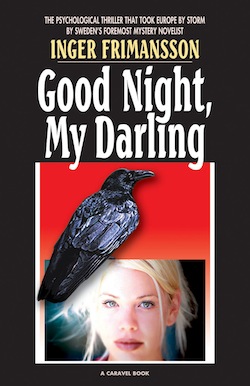
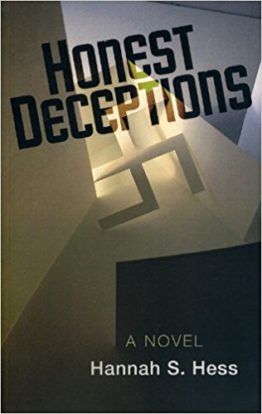
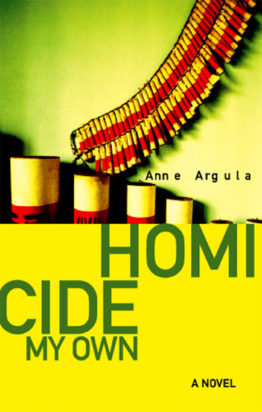



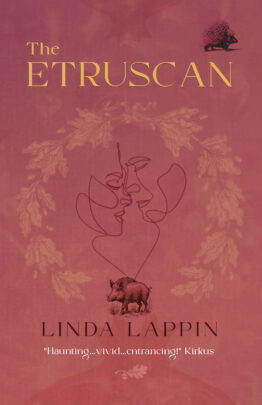

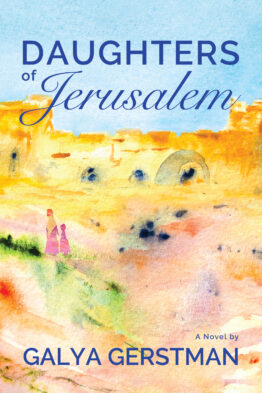
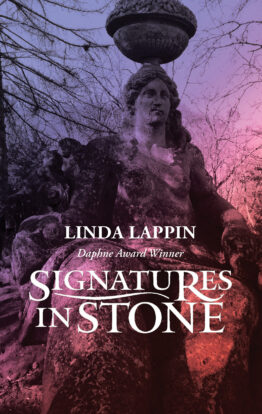


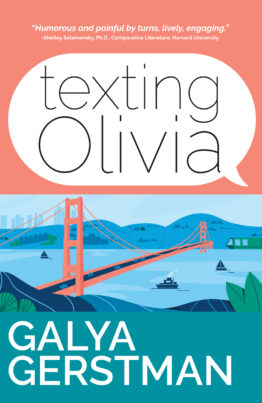


Betty Webb, Mystery Scene –
When it comes to bleakness, it doesn’t get bleaker than Inger Frimansson’s Good Night, My Darling, set in chilly Sweden. The book follows Justine Dalvig, a sad, middle-aged woman who shares her large house with a pet bird. In this harrowing psychological study, we learn that Justine endured a horrific childhood at the hands of Flora, her sly, sadistic stepmother. Now Flora is a helpless stroke victim, confined to a nursing home where Justine takes frequent visits – but not out of altruism. Flora wasn’t the only person who made childhood hell for Justine. So did a schoolmate and an unfaithful lover. Like so many bullying victims, Justine becomes a bully herself, and with chilling prescience we watch her begin to plot vengeance on those who victimized her. Beautifully translated from the original Swedish by Laura Wideburg, Good Night is a peerless exploration into the mind of a dark, lost soul. Inger Frimansson is one of Sweden’s premier psychological thriller writers, the winner of the Swedish Academy of Mystery Authors Award for her books – and it’s easy to see why.
Mary Todd Chesnut, Library Journal –
Justine Dalvik appears to be an ordinary yet eccentric fortysomething Swedish woman living in her childhood home with her pet bird, but below the surface, there is a volcano waiting to erupt. Since her mother’s death when she was a toddler, Justine’s life has been silently careening out of control. She has endured intense bullying at school, emotional and physical cruelty at the hands of her stepmother, sexual abuse as a teenager, and betrayal by a lover in adulthood. In a story as fragmented and erratic as Justine’s own past, Frimansson, one of Scandinavia ‘s most popular writers, weaves a tale of psychological terror that reveals what happens when a victim decides to take revenge on a world that has made her life a living hell. While this novel received very favorable reviews in Europe and the Swedish Academy of Crime Writer’s Award for Best Swedish Crime Novel in 1998 perhaps something has been lost in translation. The disjointed way in which the narrative changes from past to present makes for a difficult read. An optional purchase for public libraries.
Maria Salvat –
The story was excellent, a page turner. Inger Frimansson weaves an exciting tale of a dysfunctional family and their impact on their town and the people close to them. Though this book is the first of series, it stands alone, perfectly.
Mikael Kuoppala, Goodreads –
Frimansson has written a solid psychological tale with honed, highly literary language. She takes us to a grey, melancholy Sweden where people live in a frozen state of vague and barely registered malcontent. She solidifies her themes on modern existence in three nuanced and fleshed-out characters…If you are looking for a fast-paced thriller or a mystery to be solved, “Good Night, My Darling” isn’t for you. But if you want to read a meaningful tale with heavy themes and rich characters this will suit you perfectly.
Jane, Goodreads –
I can’t decide how I feel about this book. The main character was too creepy for my taste, but the story was so compelling that I had to finish the book. The inner workings of such a tormented mind were fascinating.
Sandi, Goodreads –
Well written though very strange psychological suspense set in Sweden. The author built the tension throughout the narrative, which jumped back and forth between time periods, and while none of the characters were particularly sympathetic it was hard to look away.
Sue, Goodreads –
I think this is one of the best books I’ve read. The use of several points of view about the protagonist in one of the strengths.
Katherine Fuller, Goodreads –
Disturbingly good.
David Pitt, Booklist –
This novel by yet another accomplished Swedish crime writer takes a while to get going, but once it does, readers had better hang on. Originally published in 1998, and available here for the first time, the very atmospheric, somewhat claustrophobic story concerns Justine, a wealthy woman approaching middle age, who, after a tormented childhood and a not-much-better adulthood, figures it’s time to free herself of the horrible memories that are beating her down. This involves a considerable amount of revenge against the people who made her life so miserable, but rather than go the traditional slice-and-slash route, the author focuses more on what’s happening inside Justine’s head, the emotional toll that settling old scores takes on her. It’s an interesting approach–we don’t exactly root for Justine, but we empathize with her–and the novel is one of those psychological thrillers that settles into a dark corner of your mind and just sits there, hanging around long after you have moved on to other things.
ForeWord Magazine – “The Geography of Murder” – Edward Morris –
The most engaging mysteries are those in which location rises to the level of character. Surroundings, after all, tend to shape people’s outlooks, aspirations, motives, and prospects. Authors ignore this reality at their own dramatic peril. The wiliest detective and the most elusive criminal is he—or she—who knows the home territory best, whether it be the actual streets of San Francisco or the artificial waterfront of mythic Cabot Cove.
For crime-story devotees who inquire, “Where is it?” before they ask “Who done it?” this year’s harvest of newly published sleuthies is a trove of geographical delights.
says the narrator. “It was a narrow, tall little stone house, just right for two or three people. There had never been more than three, except for the short time with the baby.”
Within this house, Justine’s mother dies and is too soon replaced by the menacing stepmother, Flora. Here, also, Justine retreats from the merciless taunts of her schoolmates. Here she bears the child that will not live. Here she rendezvouses with her lovers. Here she keeps the large, foreboding bird that flies about at will, alarming both her willing and unwilling guests. Although there are murders aplenty, this intriguing book is at bottom the story of a mind slowly going mad—but in the most inventive ways.
Whether it’s Louisville, the Louvre, or the loo, every place is an ideal site for a mystery—as long as it’s texture instead of backdrop.
From Spinetingler.com – Diane Bane –
What if Ingmar Bergman were to write a screenplay for a contemporary Snow White, with a really dark twist on the happily-ever-after? Well, it might turn out to be something like Good Night, My Darling. Certainly it would have the dark, brooding Swedish atmosphere Bergman did so well. But believe it or not, Frimansson’s book is better.
The King is a wealthy candy manufacturer, whose good wife dies when Justine, our Snow White, is only three. Their castle is a tall, narrow, stone house beside a lake in Hasselby Villastad, a village not far from Stockholm. Daddy soon marries Flora, who makes that wicked queen with the mirror look like an amateur. When Justine becomes a young woman and meets a hunter in the forest, she seduces him, thereby ending any resemblance to the fairy tale. Or perhaps it was never there to begin with. This is psychological thriller that plays with your mind.
…This episodic manner of advancing the story is not easy to pull off, but Frimansson does it so well that you become enmeshed before you know it. The tension builds to such an unbearable degree that you might want to stop reading, but you can’t. You are caught inextricably in Justine’s tale, which is, above all, a story of What Happens After.
Good Night, My Darling won the Swedish Mystery Writers award for Best First Mystery in 1998. This is its first English translation and first time published in the US. It is also one of the best books I’ve read this year.